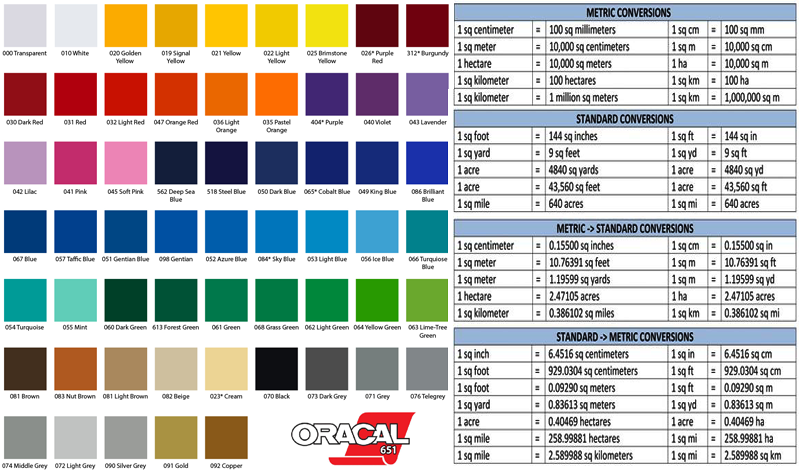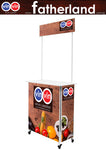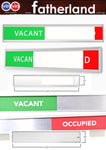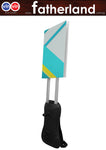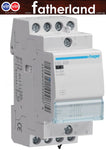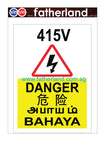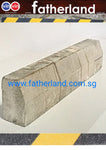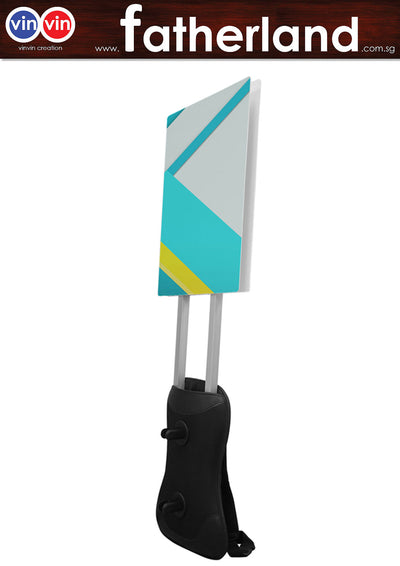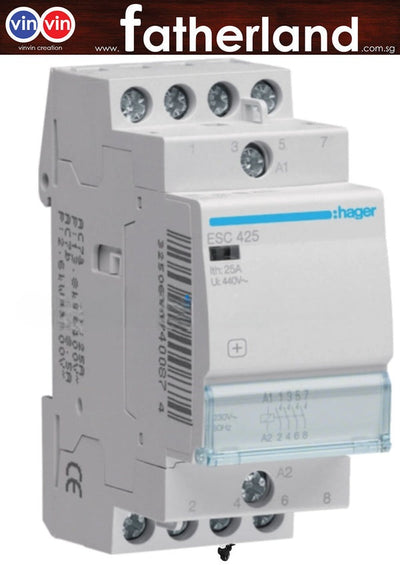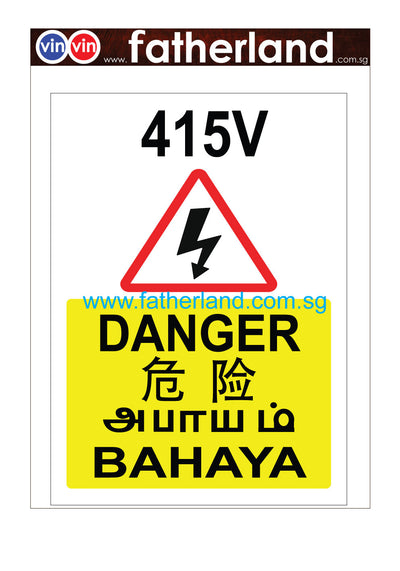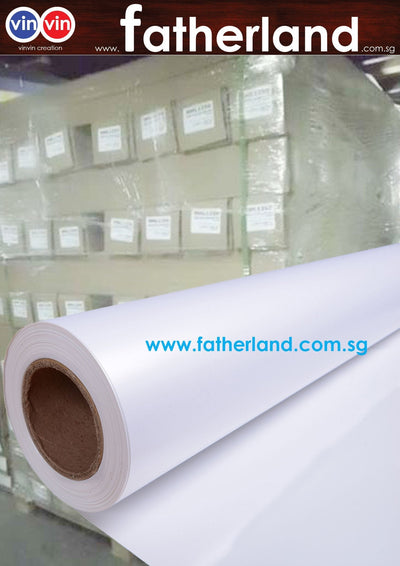Glass Spacer 19 x 25mm
Material - BSN
The 19mm x 25mm Glass Spacer is a precision-engineered piece of hardware, primarily designed as a standoff or 'stud' for mounting glass, acrylic, signs, and panels away from a wall or substrate. Its function is crucial for creating a clean, modern, and suspended aesthetic while ensuring structural support and proper spacing.
I. Dimensions and Nomenclature
The designation 19mm x 25mm refers to the physical measurements of the spacer:
19mm (Diameter): This is the diameter of the cylindrical body or head of the spacer, a relatively slender profile that provides a subtle visual accent without overwhelming the mounted material.
25mm (Length/Projection): This dimension represents the length of the spacer's barrel, which dictates the fixed gap or standoff distance between the mounted panel and the wall surface. This is a common and versatile length, offering a visible shadow line for depth and dimension.
The actual assembled component consists of two or three parts, depending on the design:
The Barrel/Body: The main cylindrical piece that creates the 25mm space. It is typically hollow with a threaded interior.
The Cap/Head (sometimes a separate piece): The decorative, often domed or flat-topped part, typically 19mm in diameter, that screws into the barrel to secure the panel.
The Base/Wall Anchor: The part that is physically fixed to the wall or mounting surface, often with a threaded post for the barrel to screw onto.
II. Material Composition and Finish
The material choice is critical for both durability and aesthetic appeal, with the 19mm x 25mm spacer most commonly fabricated from high-grade metals:
1. Stainless Steel (Most Common)
Grade: Often 304 or 316 stainless steel. Grade 304 is standard for indoor or dry outdoor use, offering excellent corrosion resistance. Grade 316 is superior for harsh environments like coastal areas (salt air) or areas with high moisture, due to its enhanced resistance to pitting and crevice corrosion.
Finish:
Brushed/Satin: The most popular choice, providing a subtle, non-reflective, matte finish that resists fingerprints and blends well with modern architectural materials.
Polished/Mirror: Highly reflective finish, offering a more dazzling, luxurious, and high-contrast look, often used to catch light in display settings.
Various Coatings: Less common, but can include black, brass, or bronze powder-coated finishes for specific design palettes.
2. Other Materials
Brass/Chrome-Plated Zinc: Used for a decorative gold/brass look or a bright, high-shine chrome finish, though these may be less durable in exterior applications than solid stainless steel.
Aluminum: Lighter and typically used in less structurally demanding or more cost-sensitive interior applications.
III. Core Applications
The versatility of the 19mm x 25mm glass spacer makes it a ubiquitous fitting in various architectural, commercial, and retail display settings:
1. Architectural and Structural Glazing
Frameless Signage: Used to mount heavy-duty advertising panels, company directories, logos, and exhibition billboards (often made of glass, acrylic, or Perspex) onto internal or external walls. They provide the necessary offset to make the sign "pop" and cast a pleasing shadow.
Balustrade/Railing Fixings: In some systems, spacers or larger versions of the standoff can be used to mount glass panels for railings or staircases away from the main post structure, achieving an 'invisible' or minimally supported look.
Protective Barriers and Partitions: Securing glass sneeze guards, counter barriers, or interior glass partitions, maintaining a sterile gap and ensuring stability.
2. Retail and Display
Shelving: Employed to mount glass shelves or display cases onto walls, creating an elegant, floating shelf effect for merchandise or art.
Museum/Gallery Displays: Ideal for mounting art plaques, descriptive information panels, or even small glass casings, maintaining a refined and professional aesthetic.
3. Residential and Office Use
House Numbers/Plaques: Used to mount modern, often sleek metal or acrylic house number signs, adding dimension and visibility.
Dry-Erase Boards/Mirrors: Providing a stylish, secure method for mounting large wall mirrors or presentation whiteboards in contemporary office or home environments.
IV. Installation and Key Benefits
1. Installation Process
The installation is typically a multi-step process that requires careful measurement and drilling:
Marking and Drilling: The hole locations are marked on the wall and the glass/panel. The glass often requires precise factory drilling as standard drills cannot be used.
Base Fixing: The base section of the spacer is screwed or anchored securely into the wall (using appropriate wall plugs/anchors).
Panel Placement: The glass or panel is carefully placed over the threaded posts of the fixed bases. Protective plastic washers or gaskets are almost always used between the metal and the glass surfaces to prevent direct contact, minimize vibration, and ensure no cracking occurs during tightening.
Final Securing: The 19mm diameter cap/head is screwed into the barrel, firmly securing the panel against the wall.
2. Significant Advantages
Aesthetic Enhancement: Provides a "floating" or "shadow-mounted" effect, highly valued in minimalist and contemporary design. The hardware is part of the decor, not merely a hidden fixing.
Durability and Longevity: When made of stainless steel, it is highly rust-proof, corrosion-resistant, and wear-resistant, making it suitable for both interior and exterior use.
Structural Integrity: The solid construction and mechanical anchoring provide a robust and secure mounting solution for heavy glass or sign panels.
Versatility: Capable of mounting a wide array of materials (glass, acrylic, wood, metal) and compatible with varying wall types.
- For Bulk Wholesale and Project Purchase, kindly email to ilovefatherland@gmail.com for more detail.







